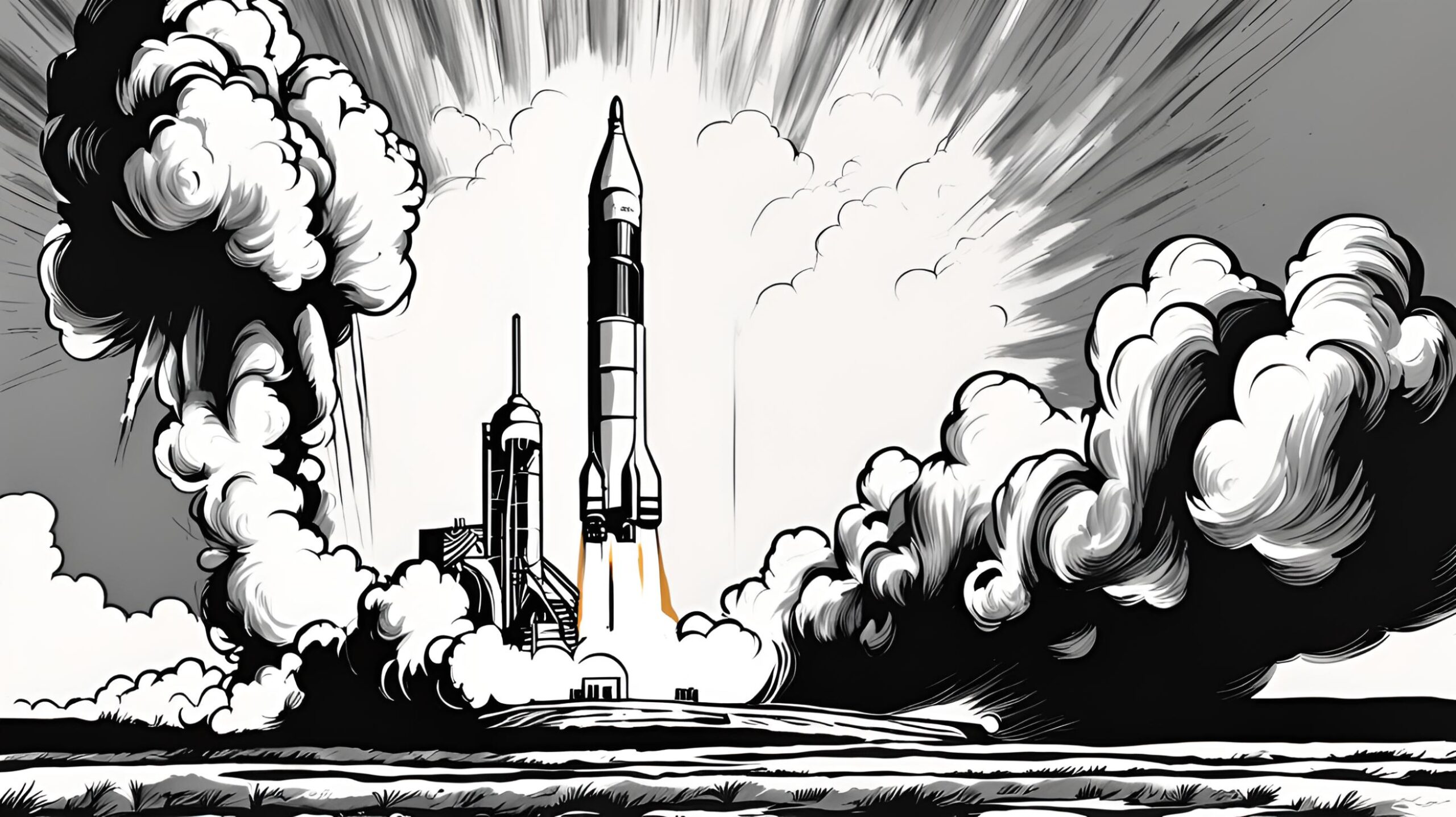Flashback to July 11
American History

Carved into the annals of space exploration history on November 14, 1969, is the launch of Apollo 12, the second manned voyage to the lunar surface under NASA’s Apollo program. This event marked a pivotal moment in space exploration, following up on the significant success of Apollo 11. The Apollo 12 mission set forth new exploration targets and demonstrated the know-how, courage, and dedication embedded in NASA’s pioneering spaceflight initiatives.
The Apollo 12 mission, an integral part of the Apollo program, served to enhance our understanding and knowledge of space. Appreciating the scientific and exploratory achievements of this mission requires dwelling on the in-depth intricacies of the journey and the team behind it. Apollo 12 demonstrated NASA’s aptitude for innovation and meticulous planning, signs of an organization determined to push the boundaries of human capabilities and discovery.
To appreciate the magnitude of the launch of Apollo 12, it’s essential to acknowledge the technological marvel that the spacecraft represented. The mission was powered by the legendary Saturn V, NASA’s moon rocket, renowned for its power and reliability. The sheer technological prowess of the Saturn V was a testament to NASA’s forward-thinking approach and ability to overcome complex engineering and technical challenges.
Painting a vivid picture of the event involves a deeper understanding of the Apollo 12 crew. Led by mission Commander Charles “Pete” Conrad, joined by Lunar Module Pilot Alan L. Bean and Command Module Pilot Richard F. Gordon, the crew was a perfect blend of competence, courage, and an unwavering commitment to advancing the frontiers of space exploration. The crew’s professionalism and expertise played an instrumental part in the mission’s achievement, further embedding Apollo 12 into the rich history of space exploration.
However, the Apollo 12 launch wasn’t without its trials. During its ascension, the spacecraft endured two direct lightning strikes, leading to a tense moment of compromised power and system failures. Nevertheless, the prowess of the Apollo 12 crew and the ground control team at NASA managed to rectify the scenario, restoring systems to regular functioning. This eventmarked another testament to the success of the mission and showcased the resilience and technical capabilities of the team involved.
On arriving at the Moon, the crew of Apollo 12 had a specific scientific mandate: collect samples from a precise location on the lunar surface known as the Ocean of Storms. This gave the mission a unique and exciting edge as it was the first demonstration of pinpoint landing accuracy in space travel. The successful execution showed significant advancements in navigation and control methods that would later become the backbone of subsequent space exploration missions.
Additionally, the Apollo 12 crew was tasked with installing the first Apollo Lunar Surface Experiments Package (ALSEP), a suite of scientific instruments that would gather comprehensive and valuable data about the Moon’s surface and environment. The data collected from ALSEP played a significant role in providing scientists with a better understanding of our celestial neighbor.
In conclusion, the launch of Apollo 12 through NASA’s Apollo program was more than just a routine space ride; it solidified the moon as mankind’s first outpost in space. The mission set the stage for further exploration of the lunar surface, leading to advancements in technology, science, and our understanding of both Earth and our place within the cosmos.
The launch of Apollo 12 on November 14, 1969, left an indelible mark in the history of space exploration and NASA’s Apollo program. Its success is a testament to human grit, determination, and never-ending curiosity. While exploration continues today through Mars Rovers, International Space Station experiments, and comet chasers, the story and achievements of Apollo 12 remain key reference points, highlighting a golden age of space exploration whose legacy continues to inspire.
We strive for accuracy. If you see something that doesn't look right, click here to contact us!
Sponsored Content

The United States Marine…
Celebrate the historical milestone…

Triborough Bridge in New…
On July 11, 1936,…

Temperature hits 118 degrees…
On 7/11/1888, Bennett, Colorado…

L Carnera discovers asteroid…
On July 11, 1901,…

New York City police…
On July 11, 1990,…

First White Citizens Council…
Learn about the historical…

